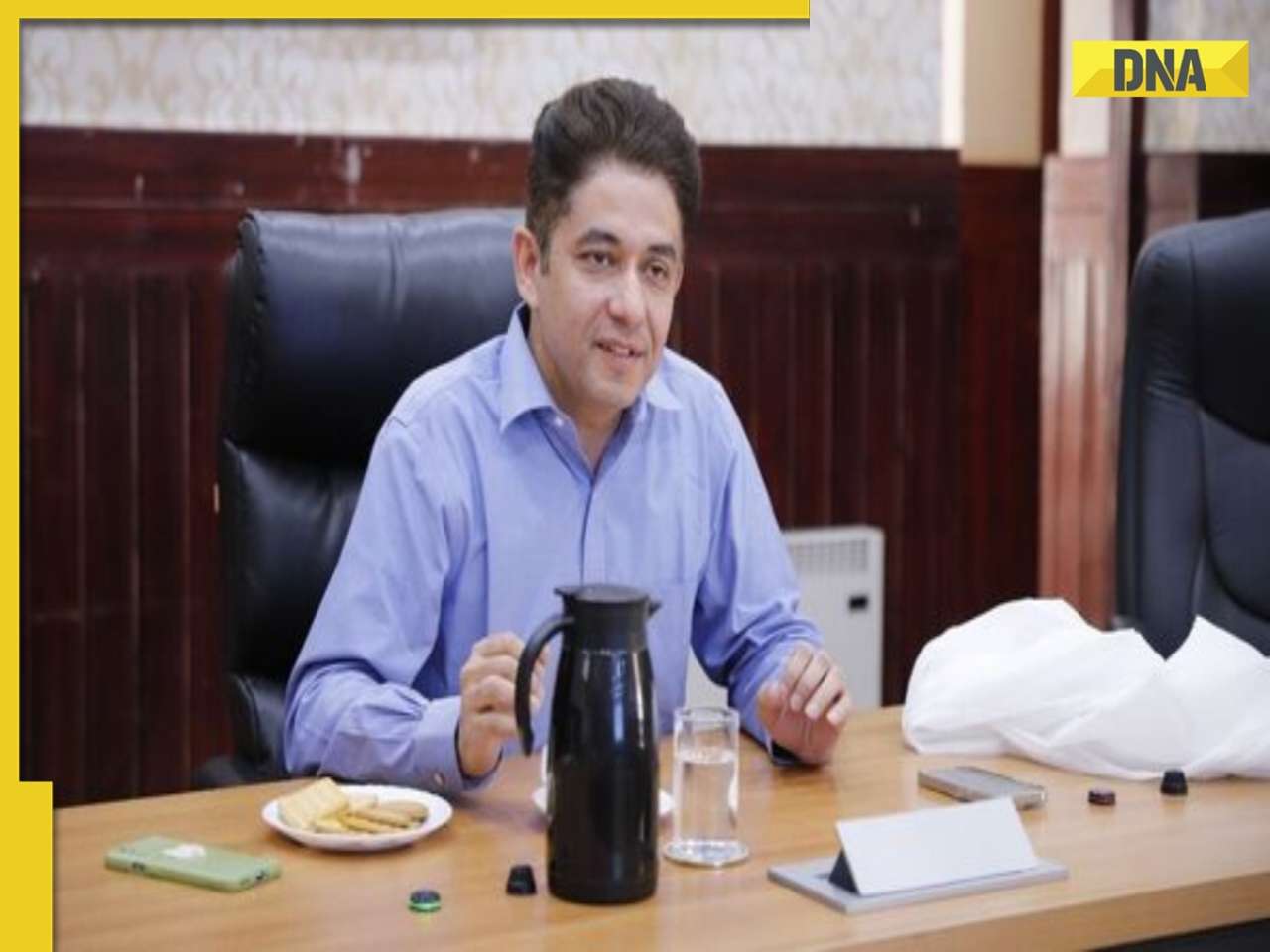- LATEST
- WEBSTORY
- TRENDING
LIFESTYLE
‘Cooking is a fine balance’
‘Blue-blooded’ chef Kulsum Begum tells Geetanjali Jhala why its important to measure each ingredient precisely.
TRENDING NOW
Kunwar Rani Kulsum Begum isn’t your average chef in that she rarely ever cooks herself. What she does instead, is supervise.
Even when she first started out in the kitchen as a newly-wed, it was to instruct the cooks in her marital home in Lucknow. “In our family, a girl wasn’t allowed into the kitchen for fear that she’d learn the family recipes and, after she was married, would let out these well-guarded secrets in her husband’s home. Only daughters-in-law were allowed to learn these recipes,” says the niece of Salar Jung III.
When she got married and moved away from Hyderabad, she realised the food in Lucknow was different from what she was used to. The main difference was in the use of souring agents such as lime, curd and tamarind, says Kulsum Begum. “I grew up with a lot of khatta dal (tangy dal) and achars (pickles). So in Lucknow, when I ate meetha dal (dal cooked without a souring agent), I couldn’t understand it.” Homesick, she called her grandmother, and in tears told her how much she missed the food. Her otherwise puritanical grandmother relented and gave her the recipes of a few basic dishes.
At first, almost all the dishes went wrong, says Kulsum Begum. “Even something as basic as rice was a task. I kept adding water, thinking it was drying up too quickly.” After every mini-disaster in the kitchen, she called her grandmother and howled. “Nani kept asking what ingredients I was adding to the dishes, and the quantity of each ingredient.” Kulsum Begum then realised that all the ingredients had to be measured precisely. If a recipe calls for five cloves, adding the sixth will change the flavour of the dish, she explains. For instance, in Gosht ka Shikampur, the minced meat only forms the outer layer of the kebab. The tangy-minty flavour of the kebab comes from a chutney made from hung curd, onions and mint leaves. The Angaara kebab is stuffed with a chutney made from sesame seeds. A meat chutney gets its tanginess from lemons while the chicken dish is flavoured with curd and the paneer is cooked in vinegar. Each of these three dishes is tangy. Yet each has a distinct flavour. “This is because of the distinctive properties of each souring agent,” says Kulsum Begum.
Tamarind, for instance, will make the dish tangy with a sweet aftertaste, while a dish cooked with lemon is sour. Neither ingredient overpowers the dish. “The trick is to use the right quantity of the ingredient,” she adds.
It took Kulsum Begum six years to master the recipes, but she finally understood the importance of using the right ingredients in their required quantities. Now a food consultant at the ITC Hotels, she designed the Salar Jung dishes that were recently showcased at Kebabs & Kurries at the ITC Grand Central in Mumbai. Though she still guards her grandmother’s recipes closely, she admits that there’s no point being as secretive today.
“Back then, the different gharanas used to compete with each other because they had little else to do. Today, most people barely even have time to cook.”







)
)
)
)
)
)
)
)
)
)
)
)
)
)
)
)


























































